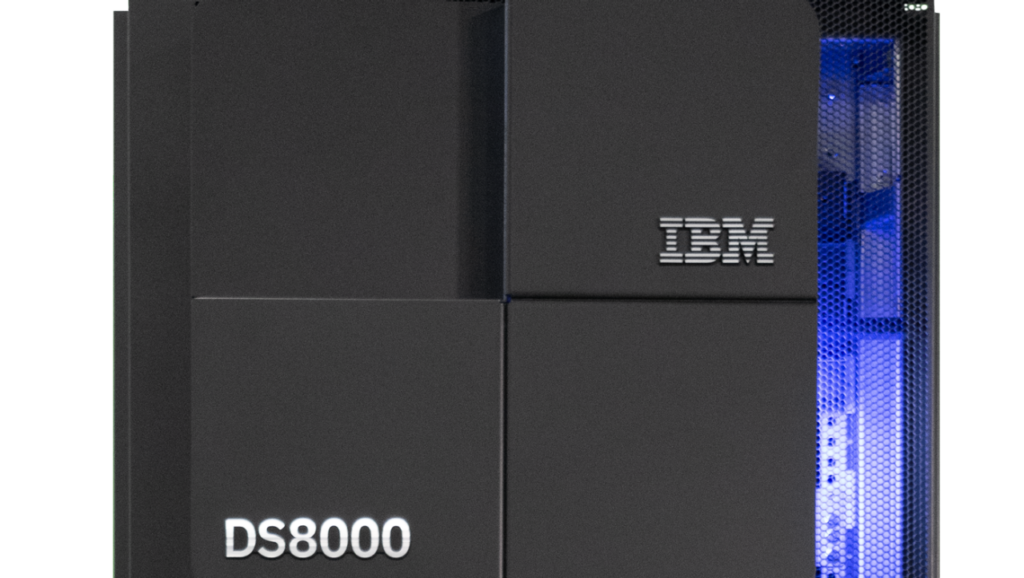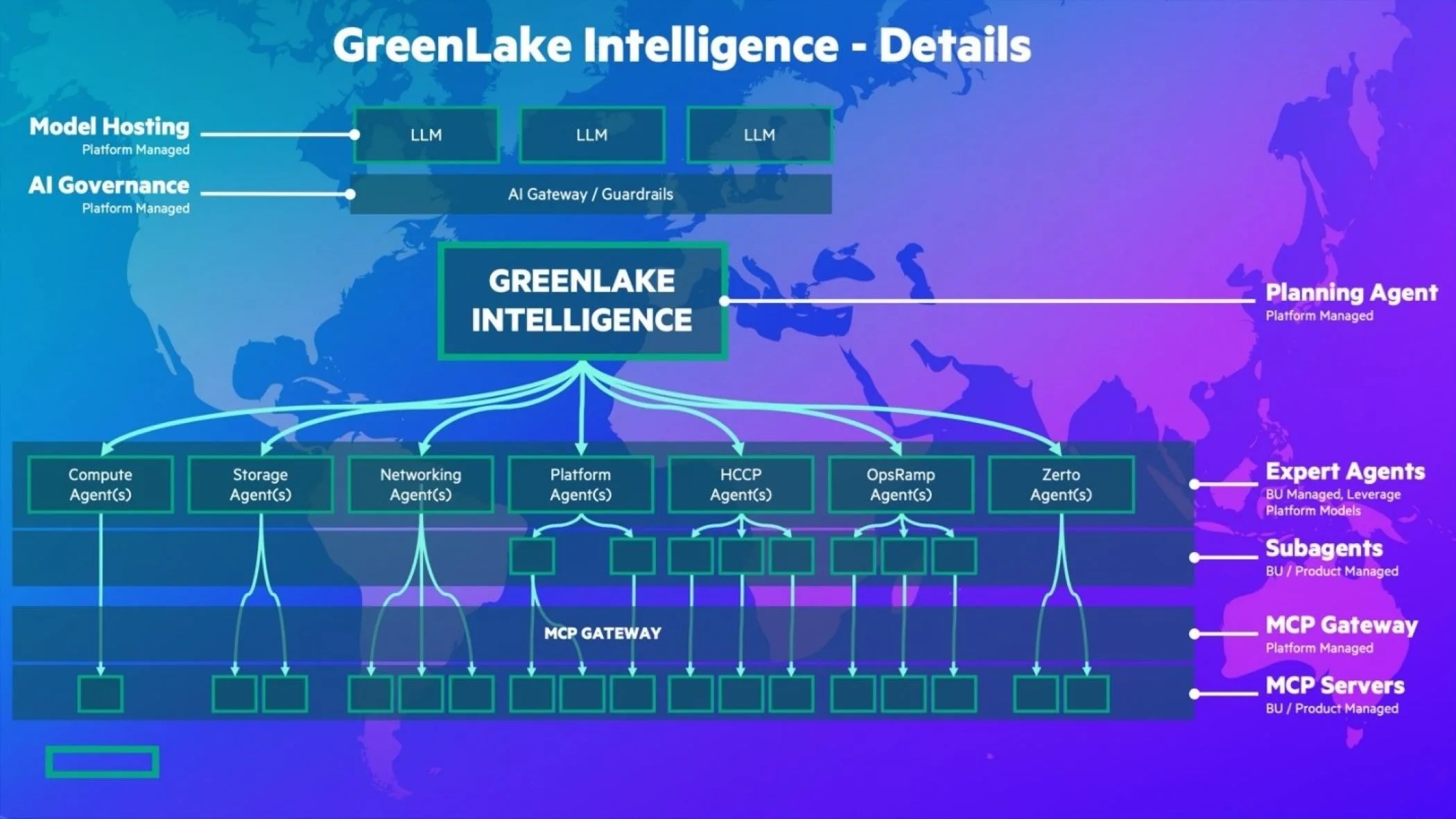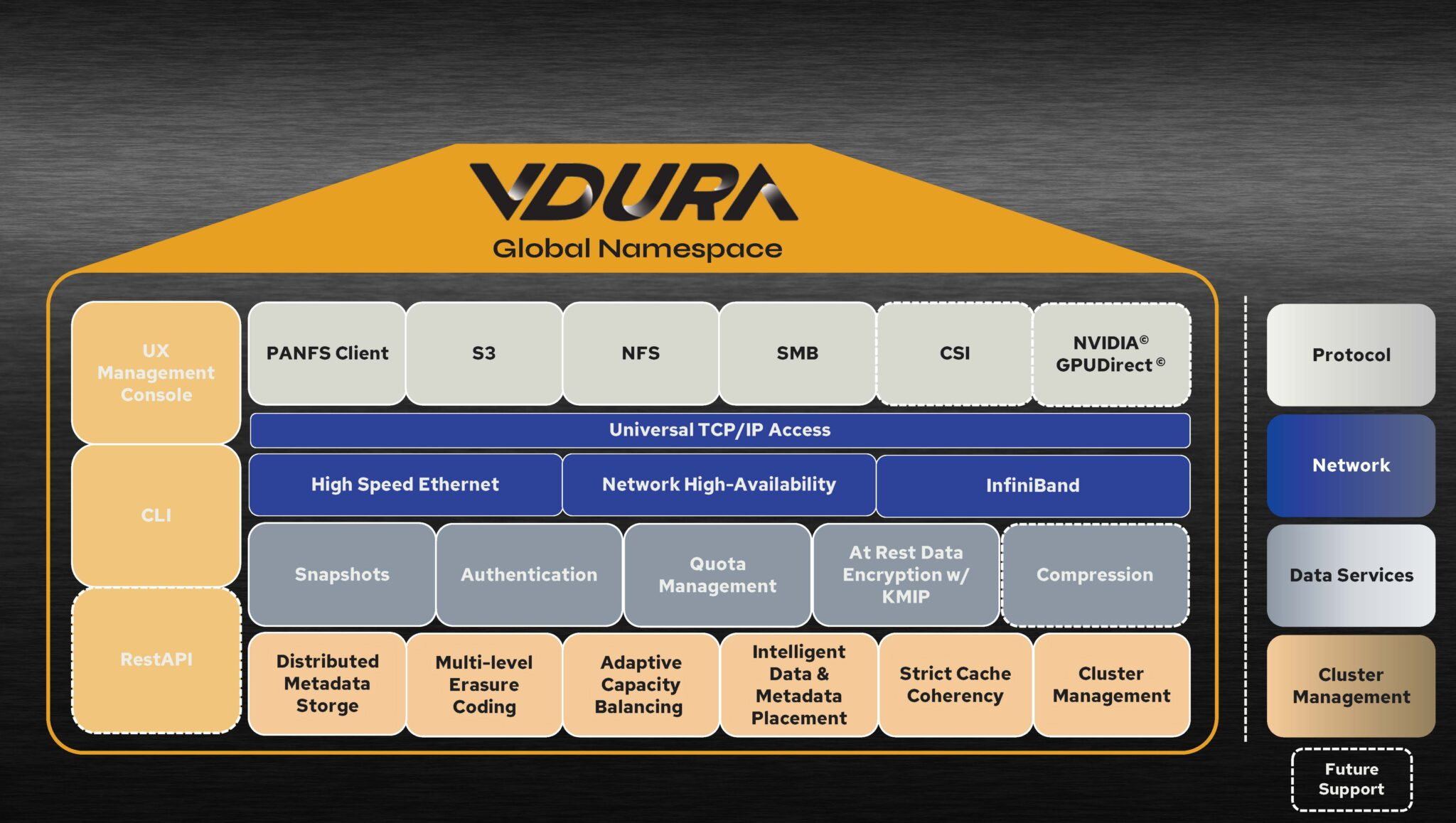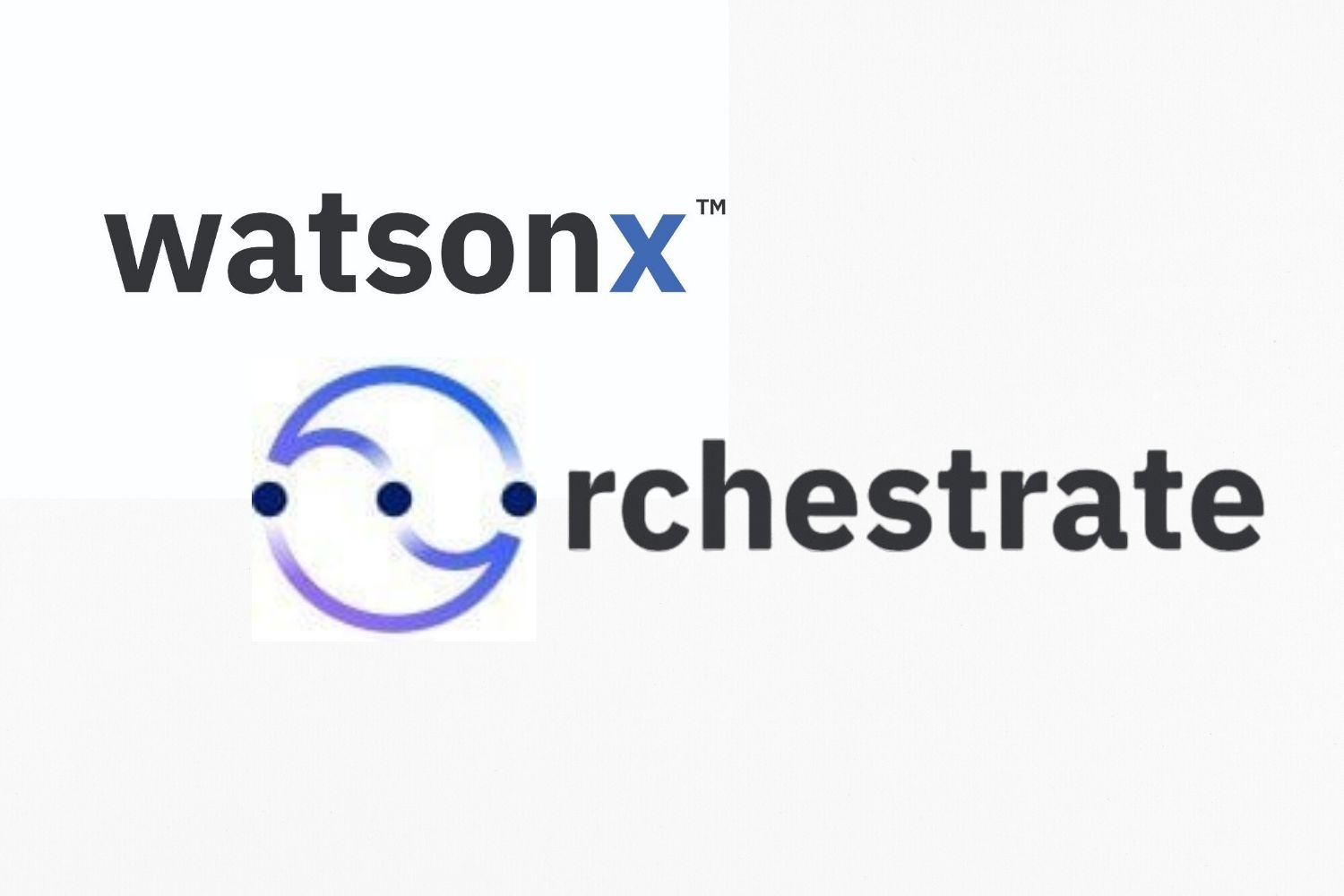IBM introduced its tenth-generation DS8000 mainframe storage, designed to store more data and access it faster. The new lineup includes the DS8A10 entry-level product and the larger DS8A50, which succeed previous models like the DS8910F, DS8950F, and DS8980F.
The New IBM DS8000
IBM’s tenth-generation DS8000 mainframe storage arrays store more data and access it faster, with two all-flash models powered by enhanced Power9 processors and using the latest FlashCore Module 4 (FCM4) solid-state drives. These drives feature onboard compression and deduplication.
Key improvements include up to 2x storage capacity in the same space, up to 73% more IOPS for high-volume transactions, and enhanced availability with eight nines (99.999999%) uptime. The Recovery Point Objective (RPO) has been reduced to two seconds, and the Recovery Time Objective (RTO) is now under 60 seconds. The arrays also offer 100% data encryption with Fibre Channel Endpoint Security (IFCES).
Additional features include Transparent Cloud Tiering to various cloud platforms, Safeguarded Copy for data protection, HyperSwap for high availability, and improved workload balancing. They also support Kubernetes CSI and provide cloud-based management through Storage Insights for health, capacity, and performance monitoring.
Key Features and Benefits:
- Unmatched Reliability and Availability:
- IBM DS8000 delivers up to 99.999999% (eight 9s) availability, ensuring uninterrupted business operations.
- Its ability to provide near real-time failover for metro distances, combined with IBM Z’s GDPS, ensures minimal disruption, with recovery times under an hour for larger distances.
- Advanced Cyber Resilience:
- The DS8000 integrates FIPS 140-3 certified security features, safeguarding data from cyber threats with immutable safeguarded copies and secure boot functionality.
- Integrated with IBM Z’s Cyber Vault, it offers application-consistent restore points to prevent data loss, provide a reliable defense against attacks, and aid in fast recovery.
- Superior Performance:
- The DS8000 shows a 20% improvement in latency reduction, powered by ZHyperlink with PCIe Gen4, making it ideal for high-volume environments such as credit card processing and airline transactions.
- It delivers 73% more IOPS for transactional workloads, enhancing mission-critical applications’ performance.
- PCIe Gen4 and zHyperLink provide 2.5x throughput compared to previous generations, supporting faster data handling and processing.
- Scalability and Storage Efficiency:
- The new DS8000 doubles storage capacity using the IBM FlashCore Module 4 while maintaining the same physical footprint as earlier models.
- Inline compression and encryption allow for efficient storage management without compromising speed or security, optimizing capacity utilization and cost.
- AI and Next-Generation Workload Readiness:
- IBM designed the new DS8000 to manage data-intensive workloads, including AI and analytics. It can scale storage capacity to accommodate evolving demands, making it ideal for enterprises preparing for future data challenges.
- This system enhances data integration for AI models, ensuring high-speed, reliable performance for advanced data analysis and real-time insights.
Analysis
The IBM DS8000 (10th Generation) is a significant step forward for enterprises relying on IBM Z infrastructure. The new storage solution addresses the growing demand for cyber resilience, scalability, and performance while enabling businesses to harness emerging technologies such as AI and machine learning.
IBM’s continued investment in its mainframe ecosystem, through integrated solutions like the DS8000, keeps the technology relevant for modern digital transformation strategies. As enterprises face increasing data volumes, stricter security requirements, and performance expectations, the DS8000 is well-positioned to meet these challenges.
The new IBM DS8000 showcases the company’s famed blend of innovation, security, and performance, which enterprises need for mission-critical workloads. Its enhanced reliability, cyber-resilience features, and support for next-generation workloads solidify its position as a cornerstone of IBM Z infrastructure.





